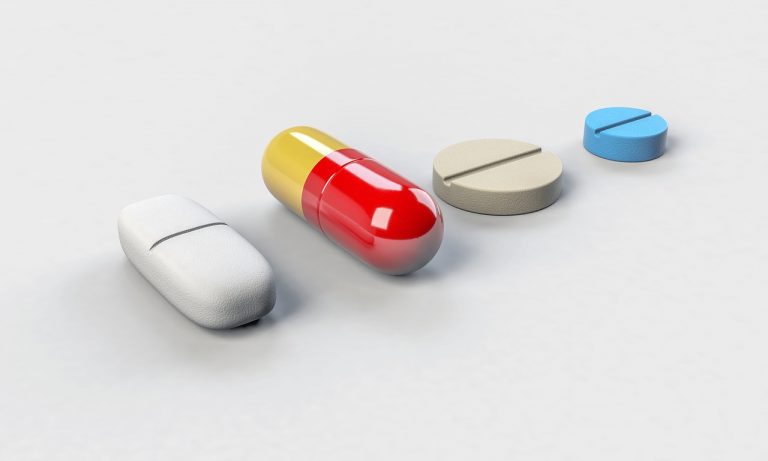At the moment when we take vitamins (whether in supplements or in food) our body transforms them into active forms that can be assimilated. Only in this way can they fully use their beneficial effects.
Vitamins are activated in a variety of chemical processes, such as methylation - it consists in the addition of a methyl group to the enzymes. Due to this process, folic acid (vitamin B9) turns into folic acid methylated and cobalamin (vitamin B12) transforms into methylcobalamin. We must bear in mind that the methylation disorder (caused for example by mutation of the MTHFR gene) causes that the vitamins do not become active. It causes that they are deposited in the body that can not use them or expel them. However, let's remember about the very important ALE - methylation is responsible for the activation of only B9 and B12. It does not affect other vitamins that you take. Nothing! Others are activated in completely different chemical processes. Which does not mean, of course, that the methylation disorder should be neglected. On the contrary, it is a very serious condition. However, you can not fall into paranoia! We can look where we can, but we will not find vitamin A in methylated form.
And what about other processes? What else activates vitamins? It depends on vitamins. Vitamins B1 (thiamine), B2 (riboflavin), B3 (niacin) and B6 (pyridoxine) become available during phosphorylation. It is a process in which phosphate residues are added to the enzymes. Together with the properties, the name of the vitamins changes:
B1 - thiamine pyrophosphate,
B2 - FMN or FAD,
B3 - NAD + or NADP +,
B6 - P-5-P.
Still interested? Perfectly!
Vitamin B5 (pantothenic acid) needs hydrolysis (an exchange reaction taking place between water and the substance dissolved in it) and dephosphorylation (detachment of the phosphate residue from protein molecules) through which it turns into Acetyl Coenzyme A. Clear? Go on! Vitamin D (ergocalciferol or cholecalciferol) under the influence of hydroxylation (attachment of hydroxyl groups) is activated in dihydroxycholecalciferol (HA! And now read it quickly aloud). Vitamin K (menaquinone) is regenerated in the liver in the vitamin K cycle and becomes KH2, while vitamin E (tocopherols) is not subject to any modifications. It is taken by the body as it is. Apparently Mother Nature decided that something in vitamins must be simple and understandable.
At this point, we should have the impression that we are beginning to understand all this wonderful, biochemical factory that is our body. Who knows? Maybe vitamin E allowed us to recognize that we are approaching the end of active vitamins and that this end will be nice and pleasant? Unfortunately not. Vitamins A and C are ahead of us! Vitamin A (retinol) undergoes de-esterification and becomes provitamin A, while vitamin C (ascorbic acid) undergoes epimerization followed by ascorbic acid (reduced form) and dehydroascoribic acid (oxidized form). And great, but what are these two processes? What are they based on? Let's start with de-esterification. Vitamin A occurs in its natural form as esters (organic chemical compounds formed as a result of condensation of acids and alcohols). This process occurs in the small intestine and as a result, the ester turns into an absorbable alcohol. When discussing epimerization, let me refer to encyclopedia. It is "a kind of isomerization taking place in molecules of organic compounds, especially saccharides, consisting in changing the configuration of one of several centers of chirality". And that's it.
If you survive to the end of the text, congratulate you! You have perseverance and great curiosity about the world. Is the information contained here useful for you? Naturally! Although the knowledge about individual processes for most readers will remain only in the sphere of curiosities, but the names of individual vitamins, and especially the names of their active forms can be very helpful. Thanks to them, leaflets of available products will become brighter for us and it will be easier to plan your diet and supplements.






